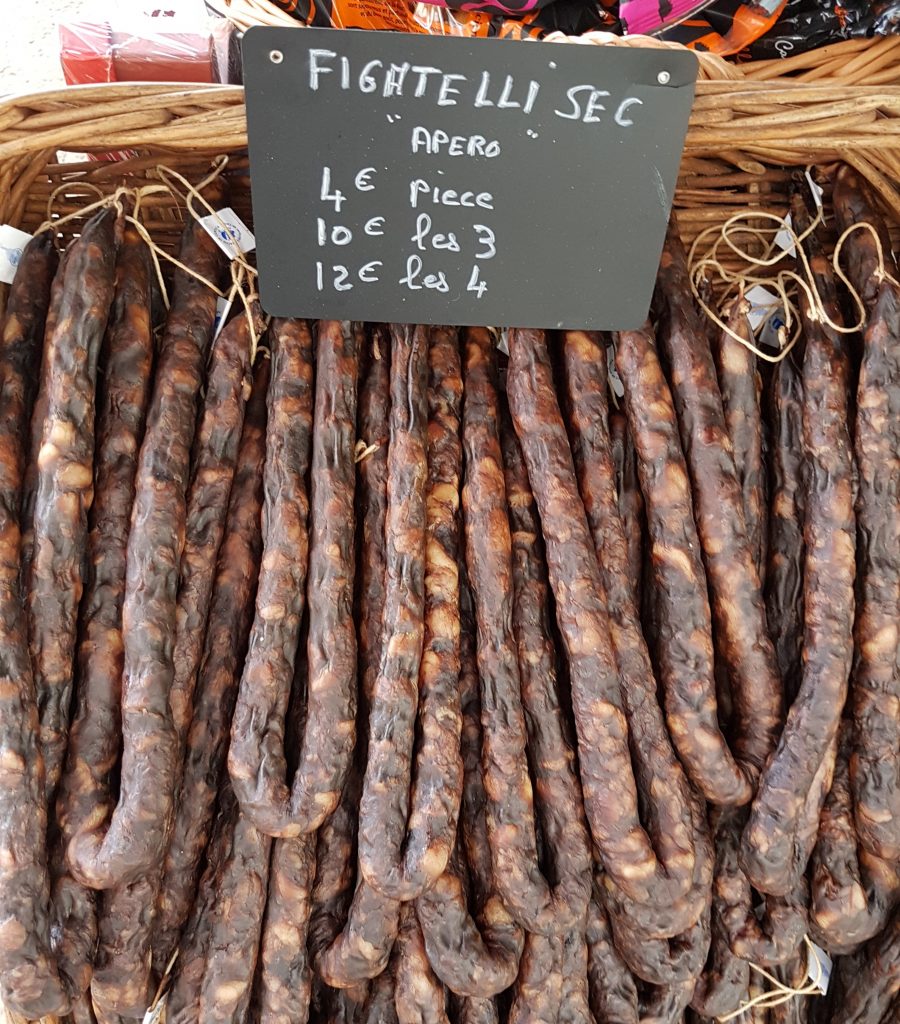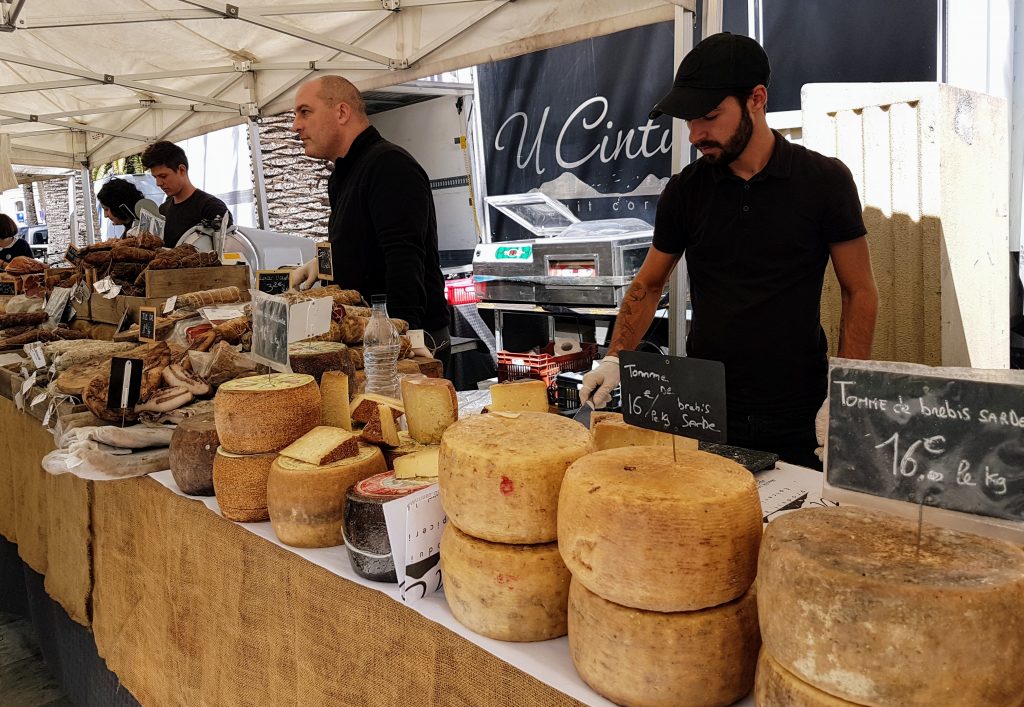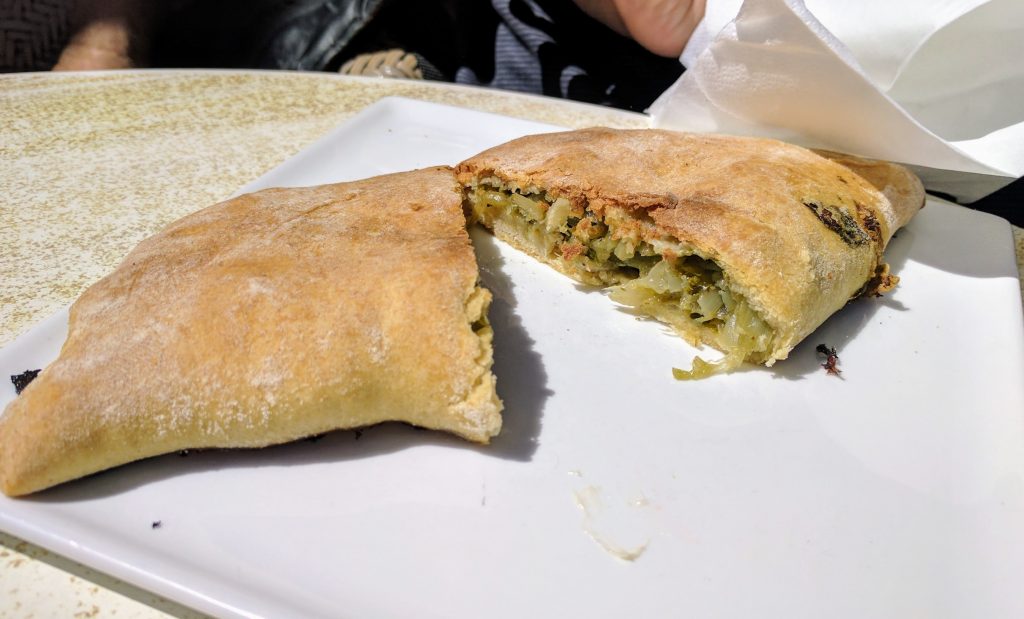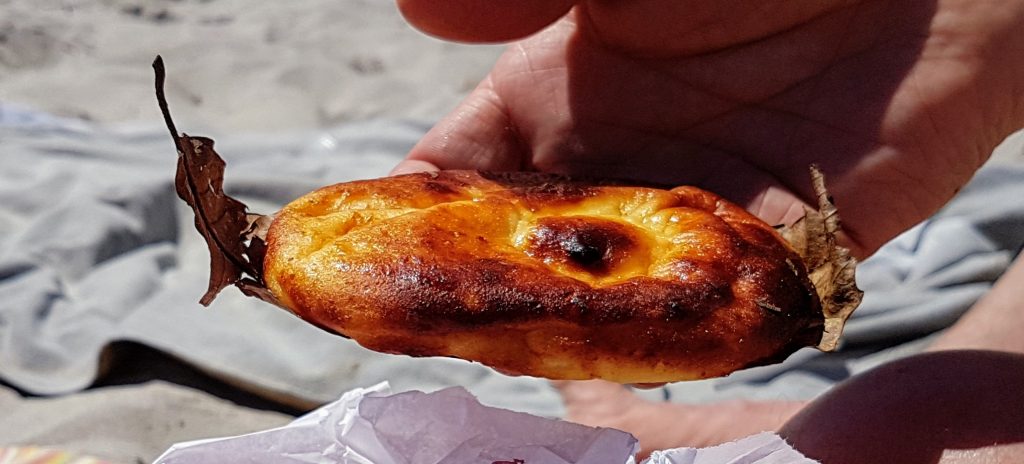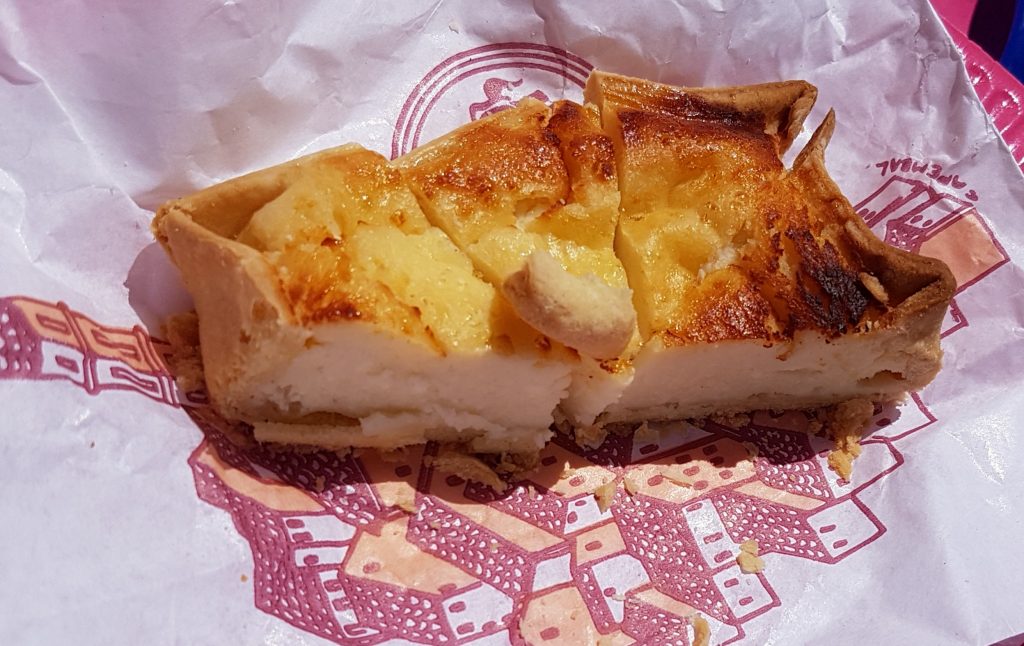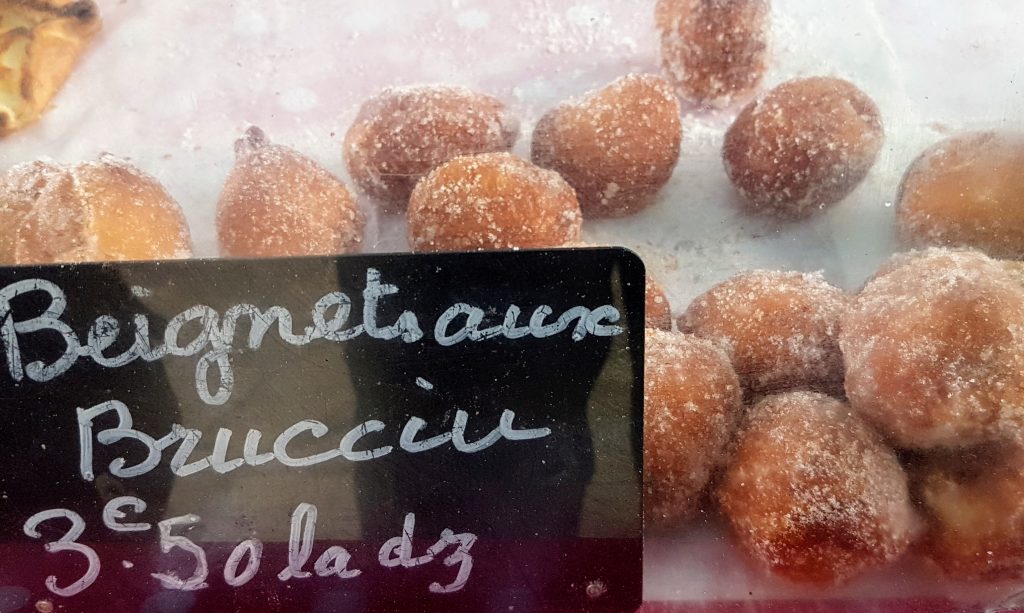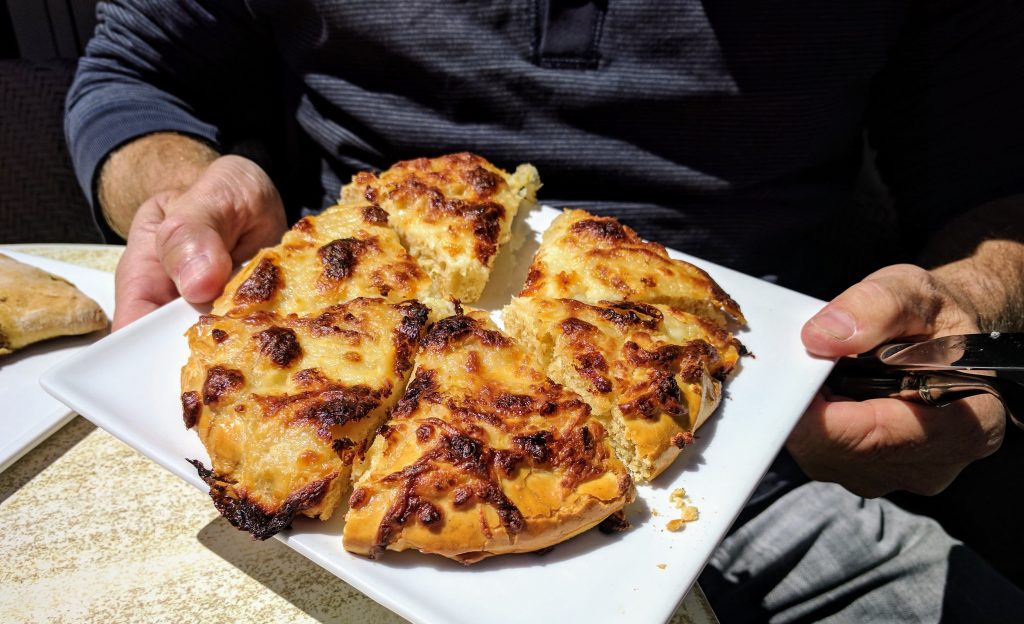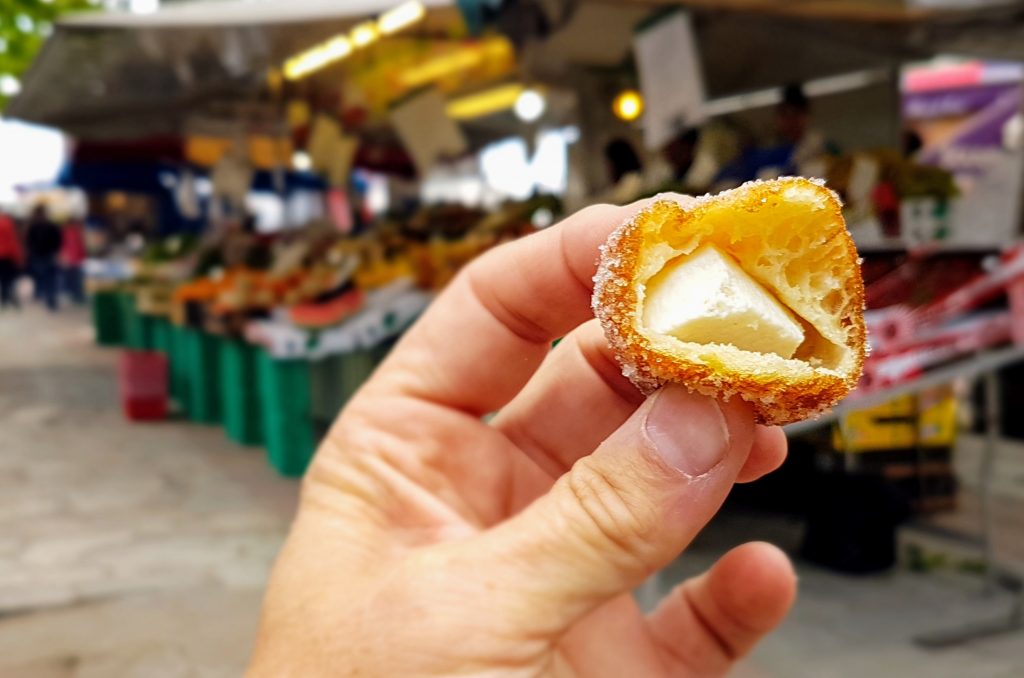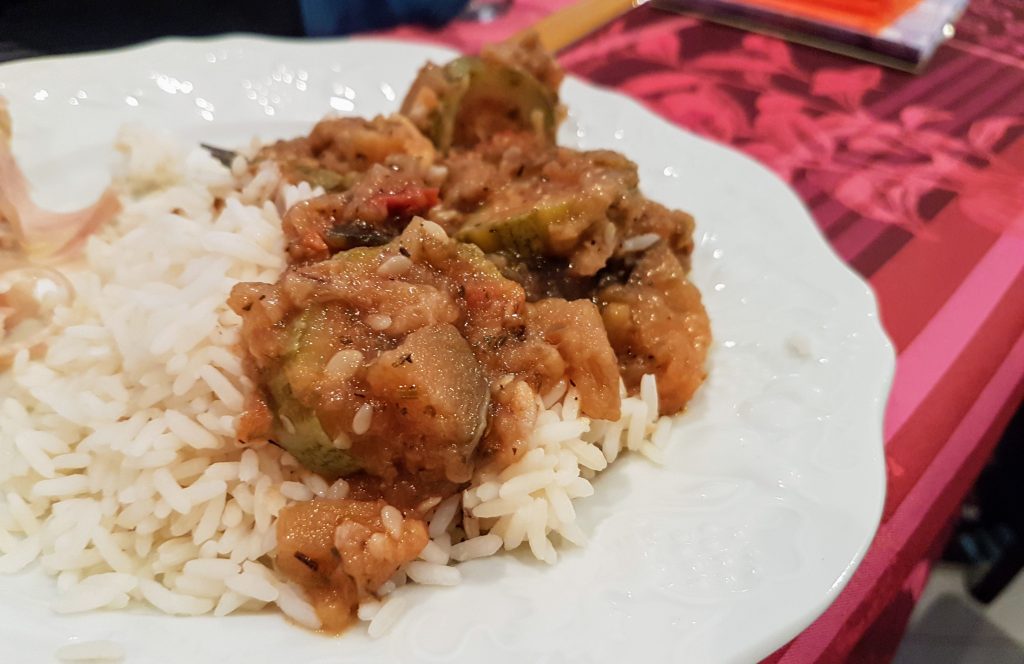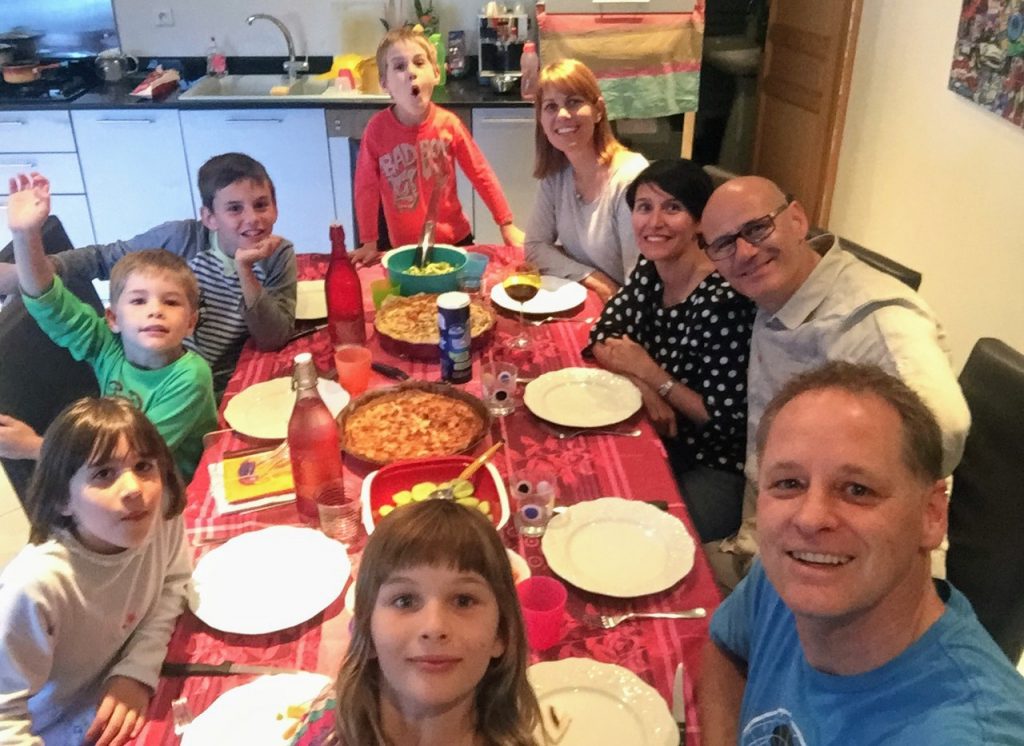Corsica is an island in the Mediterranean which is part of France, but also located close to Italy which it shares some history in language and culture.
We were drawn here to stay with a local family, a French lady Rob had met a long time ago on his first overseas trip, who has married a Corsican man. They have two children, similar in age to ours.
We stayed with them for five days and got an insight into how and what they eat. It was so fascinating to live the Mediterranean lifestyle with some locals. When travelling you can get to eat plenty of local dishes, but joining them for meals and experiencing the way they eat is another matter!
Corsican food is typically Mediterranean style, though with influences from the Italians and French. They are a very proud people, and their food is an integral part of their unique culture. There are many specialty foods unique to the island, made for locals to eat and also for sale to tourists.
We visited a bustling morning market in the town square of Ajaccio, the island’s capital, which showcased many of the local delicacies on offer. It is a market that is on every day, popular with the cruise ships that arrive daily.
There were a high number of stalls selling charcuterie, which is cured meats and dried sausages. The speciality dried sausage of Corsica is called Figatellu, made from sheep’s liver. It looks and tastes a lot like regular salami, though with a slight liver flavour, it is not unpleasant, but would be an acquired taste I would think.
Otherwise, there was an extensive and amazing selection of dried meat, made mostly from pork.
Cheeses are a serious tradition here, especially those made from sheep and goats milk. Chevre is a common one. One stall had small round cheese knobs of chevre decorated with edible flowers, which looked so pretty. Many of the cheeses are hard, aged, and some quite smelly! In fact, it was really hard choosing one that all our family would eat, fortunately, we had a local to help decipher the choices and help with our ordering.
A ricotta like cheese, called Bruccio, is used in a lot of products.
Mixed with silverbeet – the unpopular green leafy vegetable – it is used to fill pastries.
This bruccio cheese is also used in dessert foods. Mixed with sugar baked on a citrus leaf is the Fiadone.
Also, the Ambrucciata is a sweet cheese pie, flavoured with lemon tasting a little like a baked cheesecake with shortcrust pastry, this was delicious.
Pastries were plentiful, with freshly baked baguettes and croissants of course. The bakeries always had a large selection of sweets. We really liked an ‘Apple turnover’ style dessert called Allumetti.
There was also local specialty biscuits called Canistrelli, which were tasty but a bit dry and crumbly, not our favourite choice of biscuit. Also, there were many biscuits very similar to the Italian biscotti.
Bakeries also had pizza with just melted cheese on top, an easy winner with our kids.
Other interesting foods were mini donuts, called Beignets, with a square of the same mild bruccio cheese inside, and they actually tasted really good! Apparently, you can also buy these Beignets with Nutella inside!
The way the French eat (which also goes for other Mediterranean countries), is very different from the way we eat in Australia, particularly the timing of meals. They tend to eat the main meal in the middle of the day, which is made of many courses, and then a late dinner. On the weekends this meal was as late as 9pm, which clashed at first with our travel routine. We normally eat quite early in the evening then go to bed fairly early, so we can get an early start to the day to explore. It took us a few days, and a few grumpy nights, to adjust the kids to this new lifestyle!
The midday meal was often a big affair, starting with the main course, sometimes cured meats, salad and bread on the side, followed by cheeses and bread or crackers, then finishing with fruit or yoghurt. I always felt so full after every meal. When they are working, our hosts will often come home to eat during an extended meal break. The kids have a two-hour lunch break at school, and they either have a supplied lunch meal or come home to eat.
Often the leftovers were used for the ‘slightly’ lighter evening meal which is also followed cheese of course. Meals that were prepared included ratatouille, quiche, pasta salad and potato bake, all classic French meals. And in a nod to their Italian history, we ordered pizza one night too!




